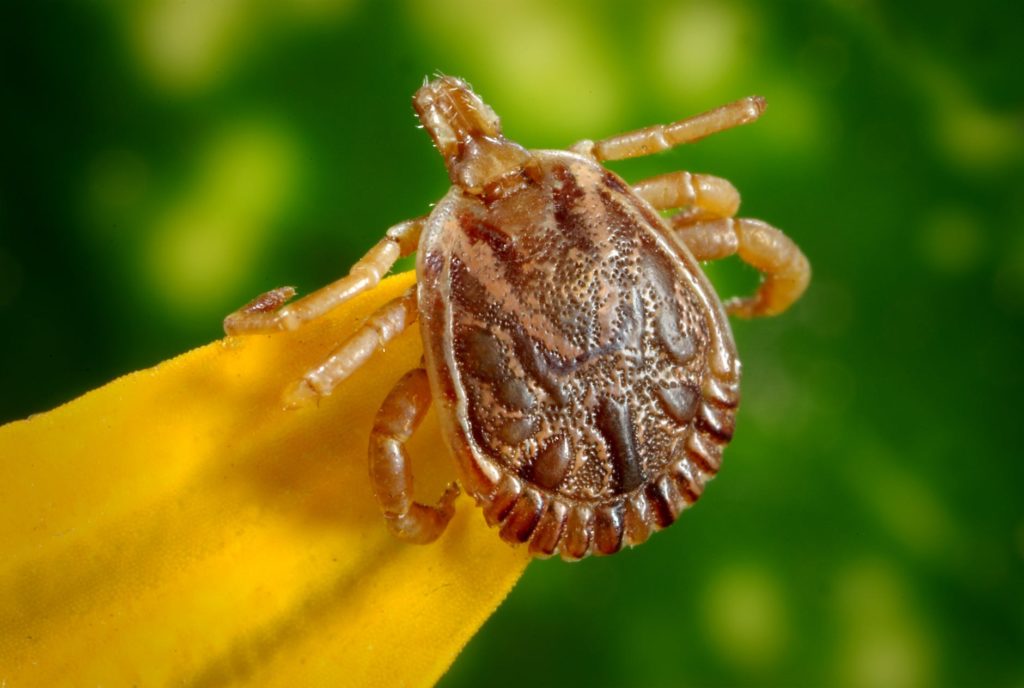Archive for April 2020
Disulfiram for Lyme Disease: How a Compounding Pharmacy Can Help
Disulfiram is an FDA-approved drug that has been in use for over 50 years. Its approved indication is as an alcohol antagonist to help alcoholic patients stay sober. Disulfiram is now being used and researched for the treatment of Lyme disease. Lyme disease is an infectious disease caused by the bacteria, Borrelia burgdorferi. The bacteria…
Read More
